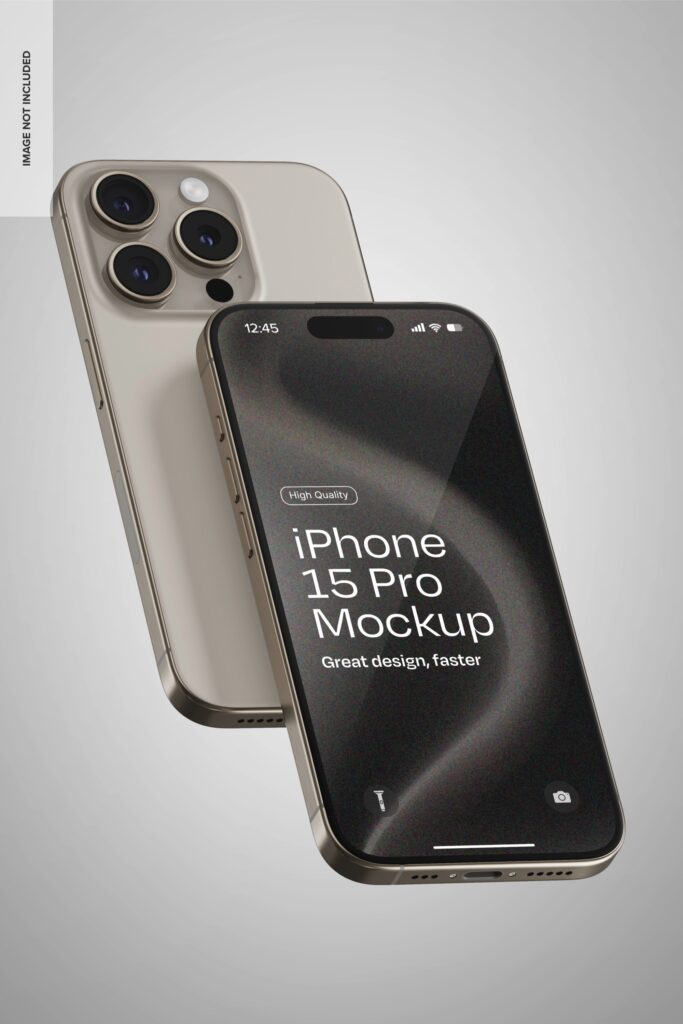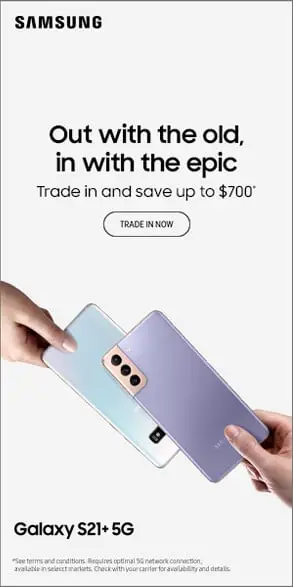
Smartphones are more than just communication devices — they have become essential tools for managing our daily lives. With so many options on the market, selecting the right smartphone can be daunting. Whether you’re upgrading your current device or making your first smartphone purchase, there are several factors you need to consider to ensure you’re making a choice that best suits your needs.
This guide will break down the key features and specifications you should prioritize when choosing a smartphone. From performance to camera quality, let’s dive in and explore everything you need to know to make an informed decision.
1. Operating System: iOS vs. Android
The first decision you’ll need to make when buying a smartphone is the operating system (OS). There are two primary options: iOS (Apple) and Android (Google). Each OS has its own advantages, and your choice will largely depend on your personal preferences and the kind of ecosystem you’re invested in.
- iOS (Apple): iOS is known for its smooth interface, security, and seamless integration with other Apple products (like Macs, iPads, and Apple Watches). If you’re already using Apple products, iOS will offer a cohesive and user-friendly experience.
- Android (Google): Android offers more customization options and a wider variety of smartphones across different price ranges. It’s ideal for users who like to personalize their devices and want access to a larger selection of apps. Android also integrates well with Google services like Gmail, Google Maps, and Google Drive.
2. Screen Size and Display Quality
Smartphones come in various screen sizes, from compact devices with 5-inch displays to larger phones with 6.5-inch or even 7-inch screens. The size you choose depends on how you plan to use your phone.
- Small Screens (5.5 – 6 inches): These phones are easier to hold and use with one hand, making them great for those who prefer portability. However, you may have to sacrifice some display real estate for more compact designs.
- Large Screens (6.2 inches and above): Larger screens are ideal for watching videos, gaming, and multitasking. If you frequently consume media or need to work on your phone, a larger screen is a better fit.
In addition to screen size, you should also consider the display quality. Look for a high-resolution display (Full HD or higher) and a display technology like AMOLED or OLED, which provide deeper blacks and more vibrant colors than traditional LCD screens.
3. Camera Quality: Megapixels and Beyond
The camera is one of the most important features for many smartphone buyers. While megapixels (MP) matter, they aren’t the only factor to consider when evaluating camera quality. Other elements, such as aperture size, image processing software, and the number of lenses, are just as important.
- Megapixels: Higher megapixels can produce more detailed images, but the overall image quality also depends on factors like sensor size and software optimization. For most users, a camera with 12-16 MP is more than sufficient for everyday photography.
- Aperture Size: A lower f-number (e.g., f/1.8) allows more light to enter the camera, which helps improve low-light performance and results in sharper images.
- Multiple Lenses: Modern smartphones often come with multiple camera lenses, such as wide-angle, ultra-wide, macro, and telephoto lenses. These allow you to capture a variety of shots, from close-ups to scenic landscapes.
4. Performance: Processor, RAM, and Storage
The performance of a smartphone is largely determined by its processor (chipset), RAM, and storage. If you’re someone who uses your phone for heavy tasks like gaming, multitasking, or video editing, you should opt for a device with a powerful chipset, ample RAM, and enough storage.
- Processor (Chipset): The processor is the brain of the phone. For iPhones, Apple’s A-series chips (like A15 Bionic or A16 Bionic) provide outstanding performance. Android phones come with Qualcomm Snapdragon processors, which are also powerful (e.g., Snapdragon 888, 8 Gen 1).
- RAM: RAM (Random Access Memory) is crucial for smooth multitasking. A smartphone with at least 6GB of RAM will handle most tasks easily, but 8GB or 12GB is ideal for heavy users.
- Storage: Most phones come with storage options ranging from 64GB to 512GB or more. If you store lots of photos, videos, and apps, a phone with more storage is recommended. Some Android devices offer expandable storage through microSD cards, but iPhones do not.
5. Battery Life: How Long Will It Last?
Battery life is one of the most crucial aspects of any smartphone, especially if you’re using it throughout the day for work, entertainment, and social media. Look for a phone with a battery capacity of at least 4000mAh for all-day usage.
- Fast Charging: Many modern phones now come with fast charging capabilities, meaning they can charge up to 50% in 30 minutes. If you’re always on the go, look for a phone with fast charging and consider the charging speed in watts (e.g., 25W, 45W).
- Battery Optimization: Some phones offer software-based battery optimization, which can help extend battery life by limiting background activities and adjusting settings based on usage patterns.
6. Budget and Brand
Finally, your budget will determine which smartphones are within your reach. Fortunately, there are great options available across all price ranges.
- Budget Phones: Budget smartphones (under ₹20,000) offer basic features like decent cameras, good performance, and reliable battery life. Brands like Xiaomi, Realme, and Motorola offer excellent value in this segment.
- Mid-Range Phones: For ₹20,000 – ₹50,000, you’ll find devices that offer better performance, superior displays, and more advanced camera setups. Brands like Samsung, OnePlus, and Vivo shine in this segment.
- Flagship Phones: If you’re willing to spend above ₹50,000, flagship smartphones from brands like Apple (iPhone), Samsung (Galaxy S series), and Google (Pixel) offer top-tier performance, camera systems, and premium features.

Conclusion
Choosing the right smartphone is a personal decision that depends on your needs, preferences, and budget. By considering factors like operating system, screen size, camera quality, performance, and battery life, you can make an informed choice. Keep your priorities in mind, whether you’re looking for a phone for photography, gaming, or everyday use, and you’ll find a smartphone that fits your lifestyle.
If you need more assistance with making your choice, feel free to reach out to our experts at James & Co. We’re here to help you find the perfect device that meets all your needs!




